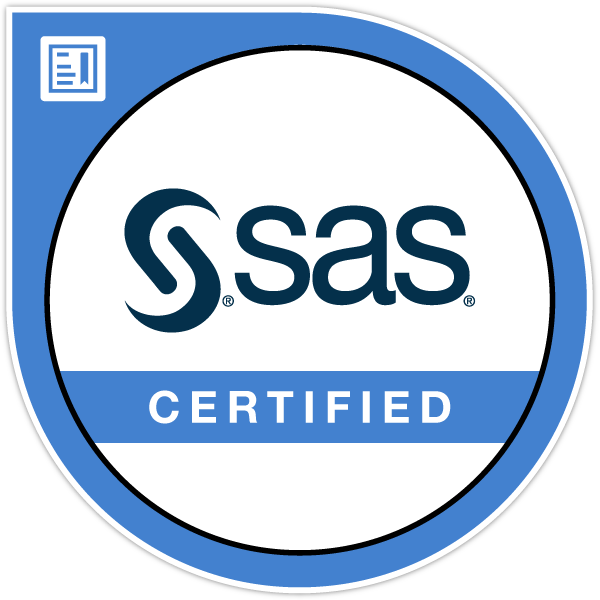Clinical Programming

Pentara recognizes the benefits of having high standards for our industry. Pentara requires all programmers to be SAS certified. Even our Summer Interns must be SAS certified before they can work here.
CDISC is the standard for submitting clinical data to Regulatory Agencies. As a Gold member of the CDISC organization, Pentara maintains up-to-date knowledge on SDTM implementation guidelines and when we find deficiencies in the standards, we have submitted update suggestions.
Our SDTM services include developing SDTM datasets for ongoing studies or converting legacy databases to SDTM standards.
Pentara utilizes the industry standards/references when creating SDTM datasets:
- CDISC SDTM Implementation Guide
- CDISC SDTM guidance
- SDTM Controlled Terminology
Indication-specific SDTM specifications, if applicable Our processes in SDTM development are as follows:
- Map raw data variables to SDTM domains (identify domains, required, expected, permissible and relationship variables)
- Create SDTM specification documents
- Program SDTM domains
- Validate SDTM domains
- Annotate eCRF
- Create Define.xml
- Create Study Reviewer’s Guide
- Produce Submission Package
- Quality Control at each step of the process
Standards for creating analysis ready datasets are based on guidelines published by CDISC. Pentara develops the specifications for ADaM datasets based on the statistical analysis plan and the table, listing and figure shells. The source data for the ADaM datasets are preferably the SDTM datasets but can also be done from the raw (native) study datasets.
Pentara utilizes industry standards/references when creating ADaM datasets:
- CDISC ADaM Implementation Guide
- CDISC ADaM OCCDS Guide
- ADaM Controlled Terminology
- Indication-specific ADaM domain specifications, if applicable
Our processes in ADaM development are as follows:
- Map relevant raw or SDTM data variables to ADaM domains
- Determine derived variables for analysis
- Determine analysis flags (population, sub-group, criterion-based) needed for analysis
- Create ADaM specification documents based on the above
- Program ADaM domains
- Validate ADaM domains
- Create Define.xml
- Create Study Reviewer’s Guide
- Produce Submission Package
- Quality Control at each step of the process
Clinical Programming works with Clinical Data Management to define and execute edit checks to clean data in ways that can not be done inside the EDC. Each check is validated with sample data that will exercise that check.
- define.xml
- cSDRG
- ADRG
- SDTM Annotated CRF